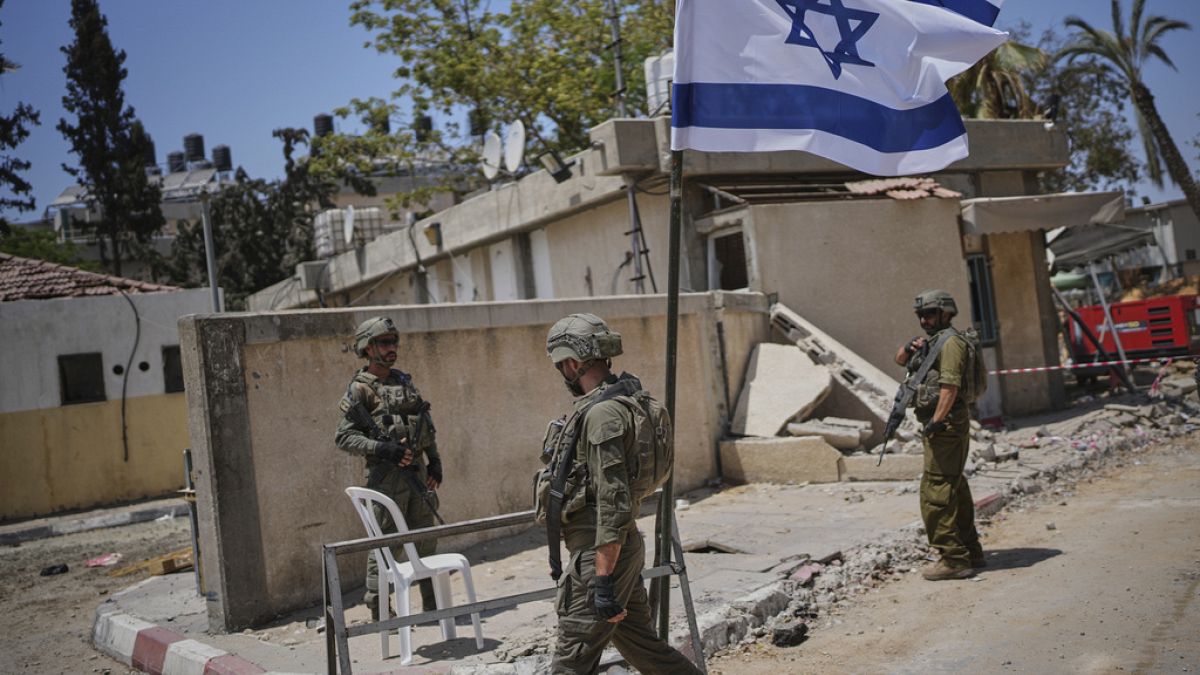

In a world often characterized by conflict and discord, recent developments signal a shift towards peace and cooperation across several regions. These efforts significantly enhance prospects for stability, ushering in an era where diplomatic engagements take precedence. Understanding these initiatives may help shed light on how collaborative international relationships can foster resolutions and create pathways for amicable coexistence.
In the Middle East, US President Donald Trump has been actively pursuing a ceasefire between Israel and Gaza, particularly following the cessation of conflict involving Iran. With peace as the primary objective, the United States is leveraging diplomatic channels to encourage all parties to engage in dialogue and find a peaceful resolution. This initiative underscores the potential for diplomatic negotiations to de-escalate tensions and prevent further conflicts, offering the geopolitical landscape a chance to stabilize.
Meanwhile, history is made in central Africa as the Democratic Republic of Congo (DRC) and Rwanda have inked a US-mediated peace agreement in Washington, aimed at putting an end to decades of hostilities. This accord holds particular significance, given its potential to pacify the mineral-rich east of the DRC, a region long plagued by violence. The agreement paves the way for rebuilding communities, enabling economic progress, and fostering a climate of trust and cooperation. The hope is that this peace deal will catalyze further reconciliation efforts across the continent and can serve as a model for how war-torn regions might achieve sustainable peace.
Elsewhere, the President of Russia, Vladimir Putin, expressed openness to renewing discussions with Ukraine concerning a ceasefire. This comes despite previous rejections of similar terms by the Kremlin, signaling a possible shift in Moscow’s stance. Such discussions could mark a significant step toward resolving longstanding conflict and tension, providing a space for diplomacy to address key grievances and establish a peaceful future. Changes in attitudes on both sides may lead to practical solutions that contribute to long-term peace.
On the economic front, efforts to ease trade tensions between major global economies are underway. The United States has reached an agreement with China, aiming to expedite the import of rare-earth elements. These materials are integral to various technologies and sectors, and their availability is critical to maintaining industrial robustness. This development has invigorated US stock markets, reflecting investor confidence and optimism about the resolution of ongoing trade wars. The agreement augurs well for future economic collaborations, potentially mitigating trade disputes and facilitating smoother commercial exchanges.
In the broader context, these diplomatic endeavors highlight the importance of dialogue and negotiation in addressing and resolving international disputes. By choosing engagement over hostility and cooperation over isolation, involved parties illustrate how lasting peace and development hinge on understanding, compromise, and collective effort. Such measures reinforce the notion that global collaboration can pave the way for a more harmonious world stage.
Indeed, as countries navigate the complexities of their relationships, the recent initiatives show how diplomacy can bridge differences, foster mutual respect, and lead to constructive outcomes. As these efforts unfold, they bring hope and inspiration to regions yearning for stability, advancing both peace and economic prosperity. Through these diplomatic engagements, the world witnesses the enduring power of collaboration and the possibility of creating a world where peace and prosperity go hand in hand.
Source: {link}
